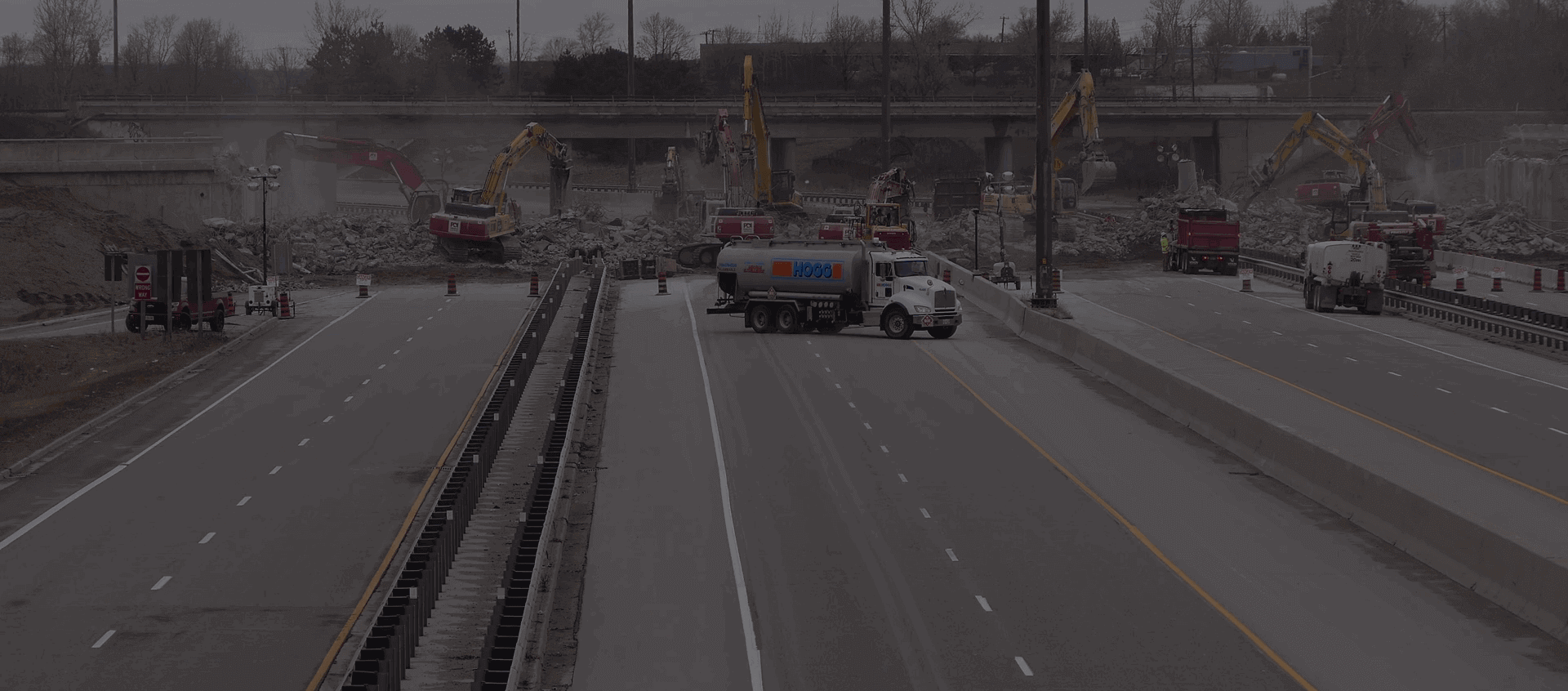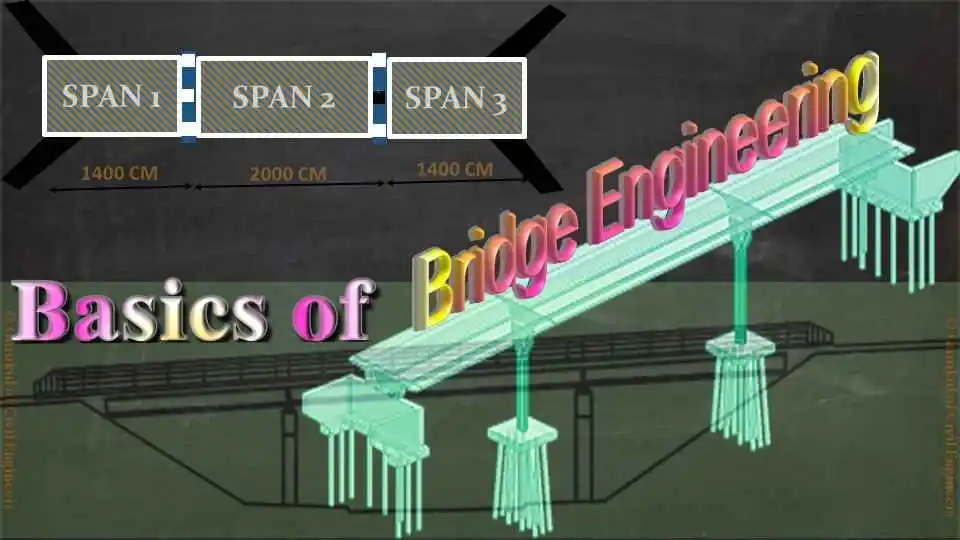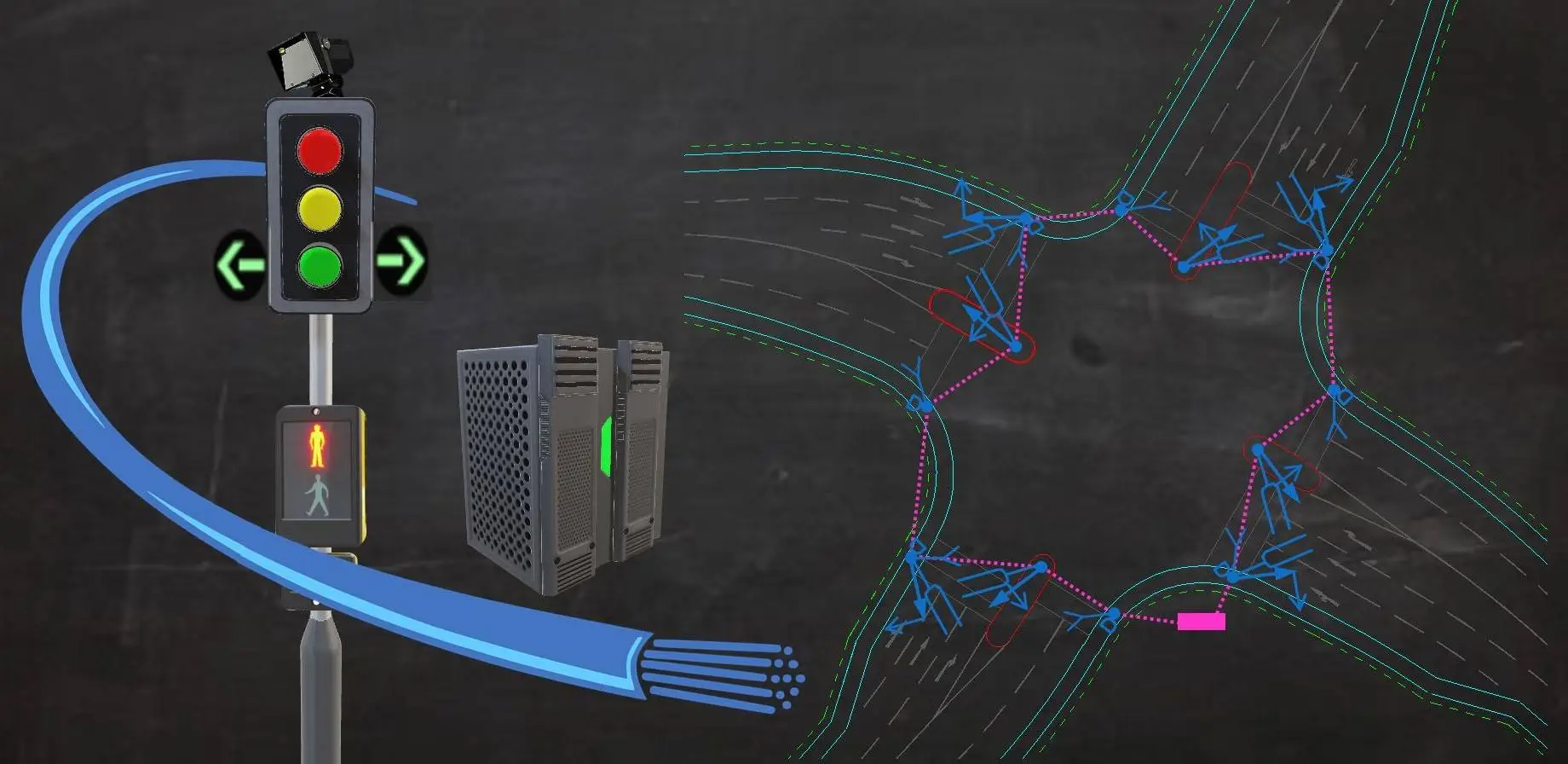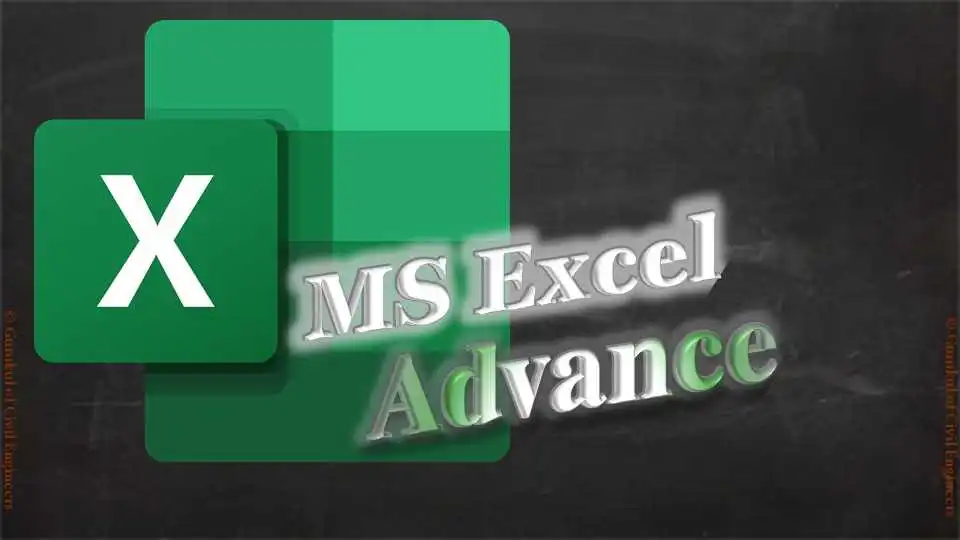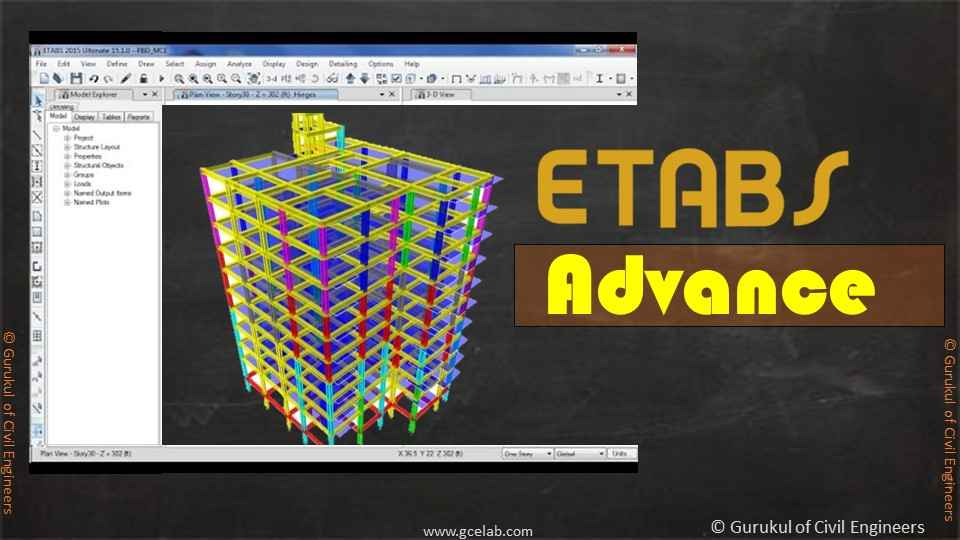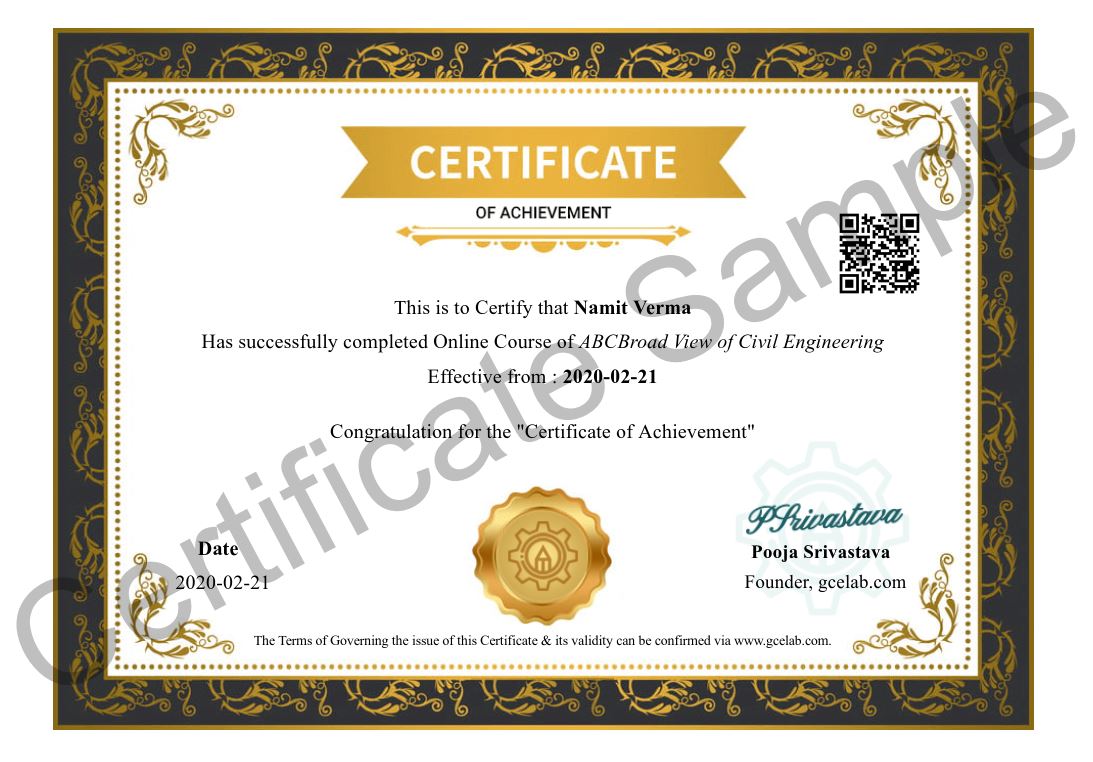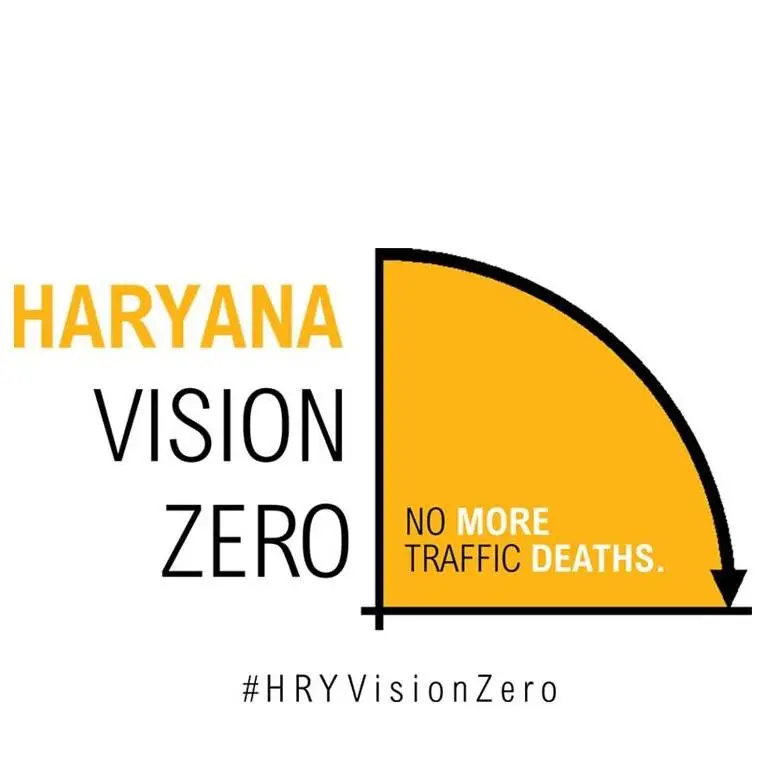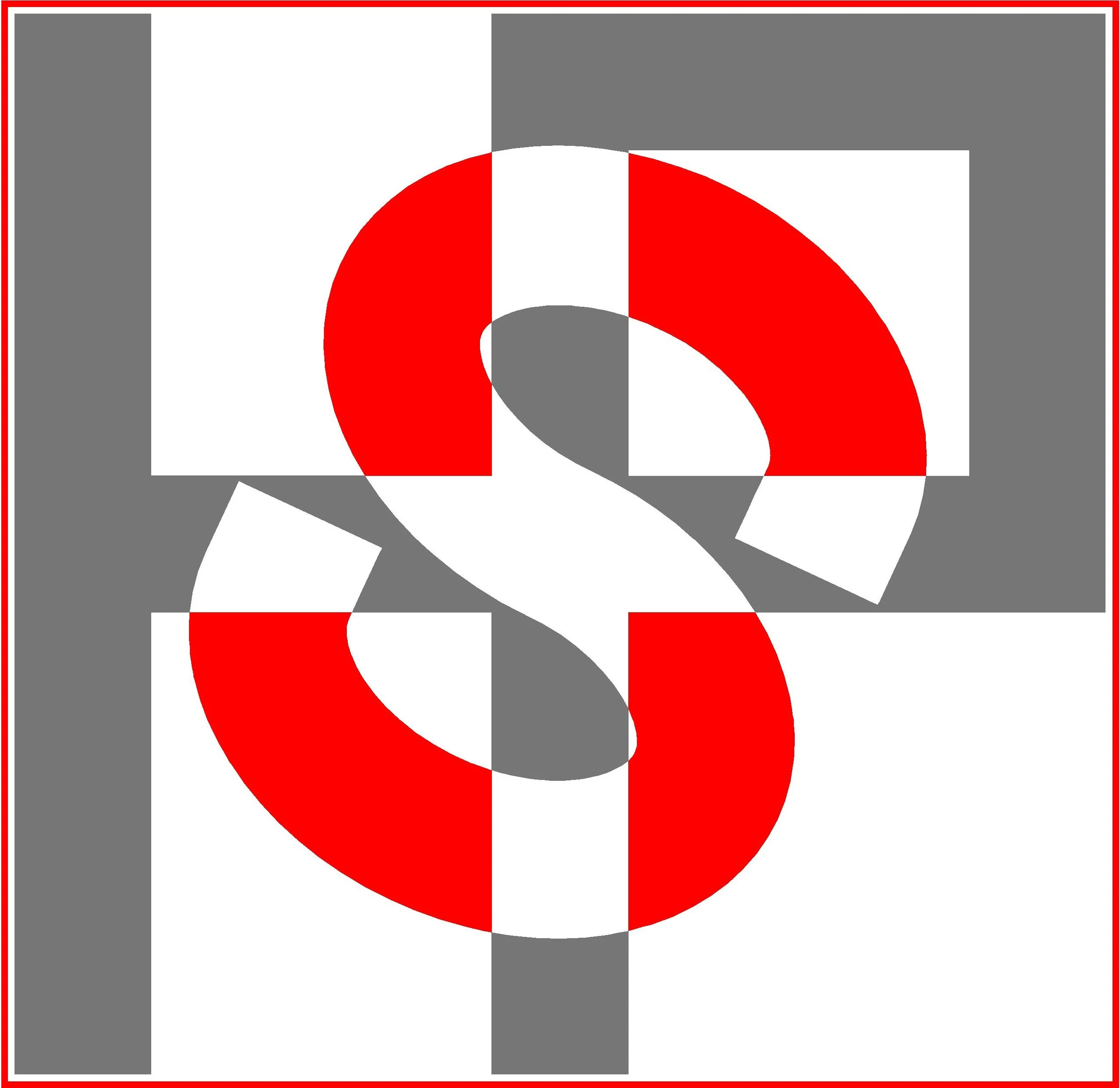About Courses
ETABS Advance
The course
will cover
all the
steps
involved in
the
structural
analysis
&
designing of
concrete
& steel.
Here are
some key
features of
the course
module that
we focus on
within the
course:
The first
module
starts with
the process
of the
installation
procedure of
ETAB
software.
The second
module
covers the
advantages
of ETAB,
explanation
of the plan,
the position
of columns,
beam, the
centerline
of the plan,
etc.
The third
module
covers the
modelling in
ETAB,
explanation
of the plan,
3D view and
elevation of
ETAB.
The fourth
module
covers
design
parameters,
calculation,
assigning of
load and
assigning of
various
types of
loads like
DL, LL, WL,
EL, load
combination.
The fifth
module
covers the
analysis of
structure,
explanation
of
deformation
and storey
displacement.
The sixth
module of
analysis of
structure,
explanation
of shear
force,
bending
moment and
2-2
&3-3.
The seventh
module
covers the
analysis of
structure,
explanation
of axial
forces,
torsion and
its
reactions.
The eighth
module
covers the
design of
beams and
columns.
The ninth
module
covers the
design of
slabs.
The tenth
module
covers the
detailing of
the
beam, column,
and slab.
The
eleventh
module
covers the
optimization
of the
structure.
The twelfth
module
covers two
typical
examples of
modelling of
structure
with lift
and
staircase.
Read more
